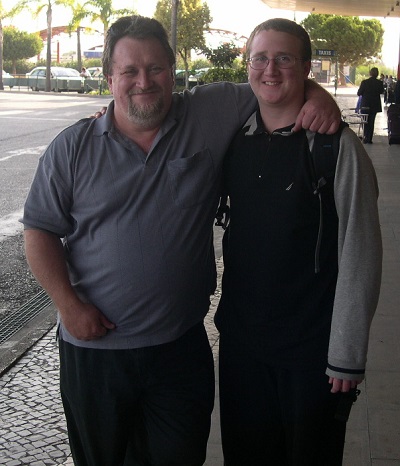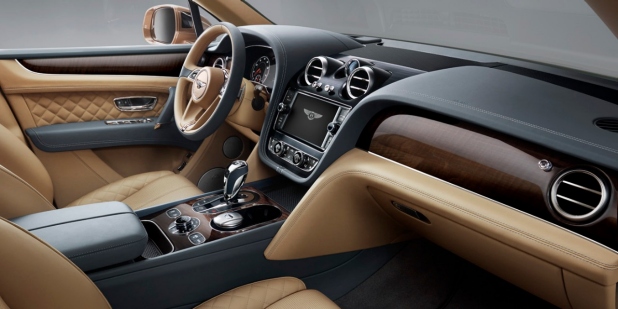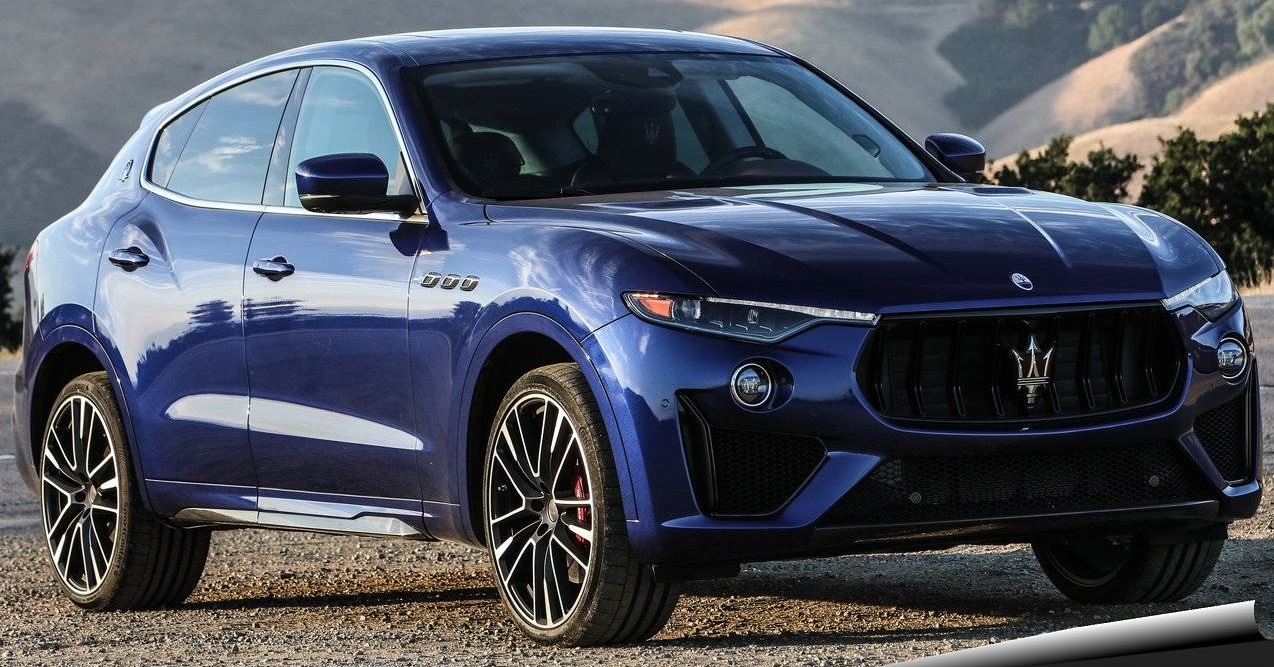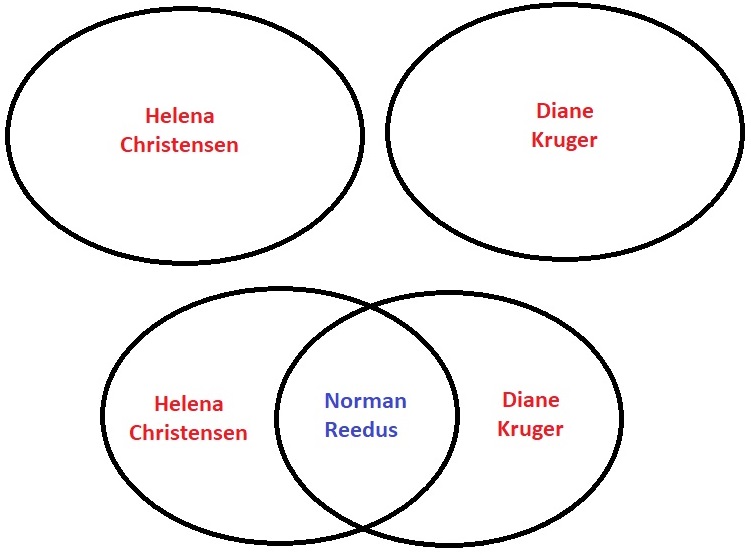Over the years, several people have pointed me to Willis Eschenbach’s Skating Under The Ice, and it’s very, very good. Of late, however, this post has (and should have) become a landmark in the seemingly-endless debate on climate change, in that Willis applies an age-old accounting principle to the issue of carbon dioxide levels, thus:
Now, for me, discussing the “social cost of carbon” is a dereliction of scientific duty because it is only half of an analysis.
A real analysis is where you draw a vertical line down the middle of a sheet of paper. At the top of one side of the paper you write “Costs”, and under that heading, you list the costs of whatever you are analyzing … and at the top of the other side of the paper you write “Benefits” and beneath, you list those benefits. This is what is called a “cost/benefit analysis”, and only considering only the “Costs” column and ignoring the “Benefits” column constitutes scientific malfeasance.
…and then, in brilliant detail, he shows the other half. It’s a very long read, but if you don’t do it all, you’re doing yourself a disservice. His conclusion is stunning:
[T]he benefit that we get from emitting that additional tonne of carbon dioxide into the atmosphere is an increase in goods and services of $4,380 … which dwarfs the assumed social cost of carbon of $40. When we do an actual cost/benefit analysis, the result is almost all benefit.
I admit that I had only thought in vague terms about this topic, because I always took it for granted that social benefit came from industry, and that the greater the industry, the greater the benefit. What I had never done was quantify the benefit; and now I don’t have to, because now it’s been done, irrefutably.
Bravo.










